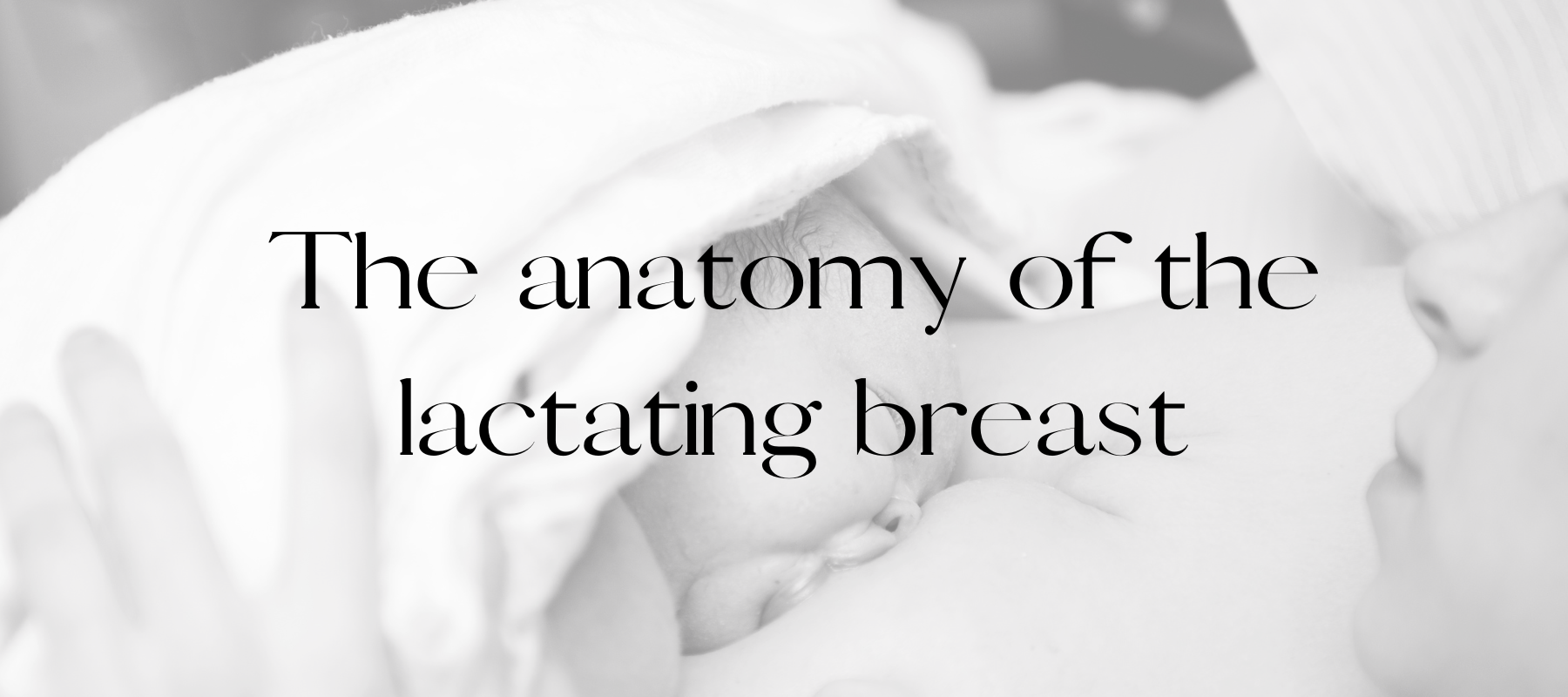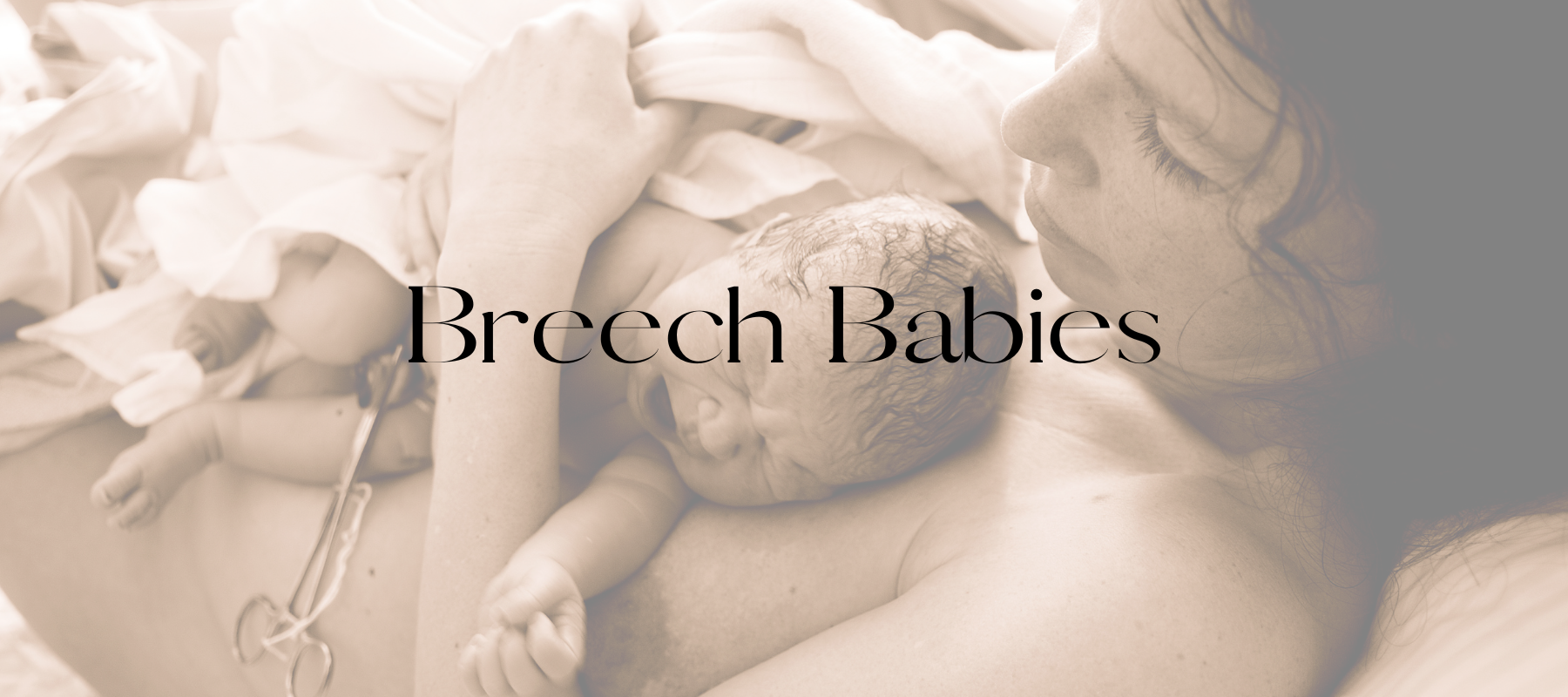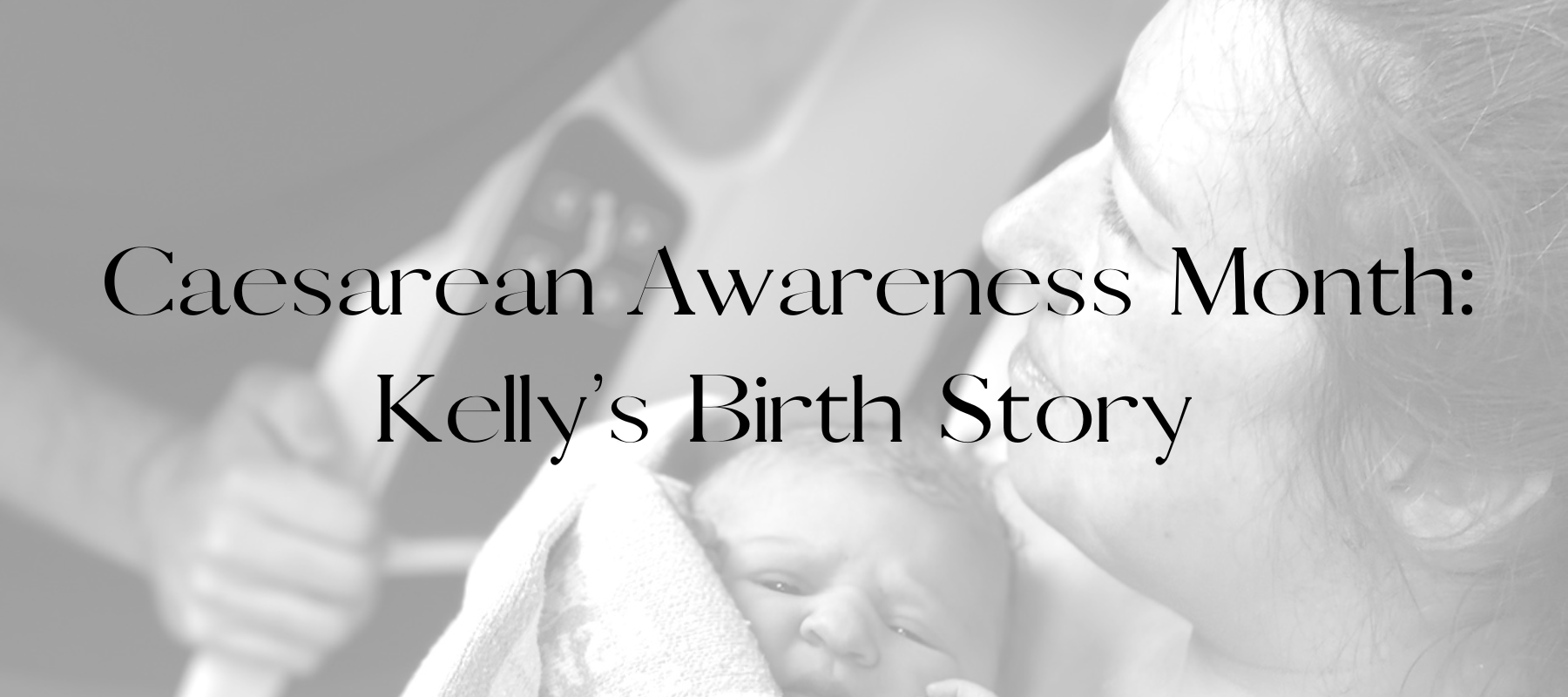What happens to your breasts during pregnancy?
During pregnancy, your body undergoes incredible changes to prepare for breastfeeding. Hormones like prolactin and oxytocin kickstart this process by shaping milk-producing structures and creating colostrum, the initial breast milk. Additionally, oxytocin contributes by building the necessary ducts for milk transportation. Let's delve deeper into the structures and functions of a lactating breast.
What parts make up the Lactating Breast?
Mammary Glands:
- In a lactating breast, the mammary gland is a complex structure dedicated to producing milk. It's made up of lobules, clusters of glandular tissue containing smaller units called alveoli.
- Hormonal changes during lactation prompt these glands to create and release milk, providing essential nourishment for your baby.
Blood Vessels:
-
Blood vessels within the breast play a crucial role in supporting breastmilk production.
-
They deliver nutrients and oxygen to the mammary glands, essential for making breastmilk.
-
More blood flow means better functioning of structures that produce and transport breastmilk, ensuring your baby gets the nourishment they need.
Fat, Ligaments & Connective Tissue
-
The space around the lobules and ducts in the breast comprises fat, ligaments, and connective tissue.
-
The size of the breasts largely depends on the amount of fat within this tissue. Regardless of breast size, the structures responsible for making milk are quite similar among women.
- Ligaments and connective tissue in the lactating breast offer crucial support, maintaining breast structure during pregnancy and breastfeeding. They aid in supporting milk-producing structures and facilitating milk flow.
- These tissues adapt during pregnancy to accommodate increased glandular tissue for milk production.
Nipple and Areola:
- The nipple, a prominent projection at the centre of the breast, is the primary outlet for milk during breastfeeding. The nipple is of specialised tissue that helps guide milk from the milk ducts to your baby's mouth.
- Surrounding the nipple is the areola, the pigmented skin area housing Montgomery glands. These glands produce oils that act as a natural lubricant and protect the nipple from dryness or irritation while nursing. Together, the nipple and areola are vital for delivering essential nutrients to your baby, providing a safe and smooth breastfeeding experience.
Lobules and Alveoli:
- Clusters of lobules, resembling grape-like structures, house alveoli, the microscopic sacs responsible for milk synthesis.
- Lining these alveoli are lactocytes, also known as alveolar or milk-producing cells, pivotal for milk production. Triggered by hormones like prolactin during pregnancy, these cells multiply and actively create and release milk by drawing nutrients and fluids from the bloodstream.
Milk Ducts:
-
The milk ducts play a crucial role in the delivery of milk. They are a network of tubes within the breast that transport milk from the lobules (where the milk is produced) to the nipple during breastfeeding.
-
The milk ducts start as small ductules within the lobules, gathering milk from the alveoli (milk-producing sacs), and then merge into larger ducts as they move toward the nipple. When a baby nurses, the contraction of muscles around these ducts helps push the milk towards the nipple, allowing the infant to feed.
What is the science behind breastfeeding?
- When a baby latches onto the breast, tactile stimulation triggers sensory nerves in the nipple, sending signals to the brain, particularly the hypothalamus.
- In response to these signals, the hypothalamus orchestrates the release of oxytocin and prolactin from the pituitary gland.
Milk Ejection and Production:
- When oxytocin is released, it triggers the contraction of myoepithelial cells encircling the alveoli. This contraction initiates the let-down reflex, a vital mechanism that propels milk from the alveoli into the ducts, making it available for the baby to nurse.
- Meanwhile, prolactin plays a crucial role in milk production. It stimulates alveolar cells within the mammary glands, guiding them to produce both colostrum—the initial nutrient-rich secretion—and the subsequent composition of mature milk. This hormone supports the continuous creation of milk, providing the necessary sustenance for the infant's growth and nourishment.
- Throughout the breastfeeding journey, prolactin continues to regulate milk production, operating on a supply-and-demand basis—more frequent feeding signalling the need for increased production.
As your body undergoes extraordinary changes, it readies the breasts for the incredible role of nourishing your baby. It's truly remarkable how our bodies are naturally equipped to supply everything essential for a baby's thriving right from the very beginning!

Resources:
The anatomy of the lactating breast - infant journal. (n.d.-b). https://www.infantjournal.co.uk/pdf/inf_014_lbt.pdf
Geddes, D. T. (2009, April 29). Ultrasound imaging of the lactating breast: Methodology and application - international breastfeeding journal. BioMed Central. https://internationalbreastfeedingjournal.biomedcentral.com/articles/10.1186/1746-4358-4-4
Mayo Foundation for Medical Education and Research. (2022, November 8). Understand female breast anatomy. Mayo Clinic. https://www.mayoclinic.org/healthy-lifestyle/womens-health/multimedia/breast-cancer-early-stage/sls-20076628?s=3
Physiology, lactation - statpearls - NCBI bookshelf. (n.d.-a). https://www.ncbi.nlm.nih.gov/books/NBK499981/
Pillay J, Davis TJ. Physiology, Lactation. [Updated 2023 Jul 17]. In: StatPearls [Internet]. Treasure Island (FL): StatPearls Publishing; 2023 Jan-. Available from: https://www.ncbi.nlm.nih.gov/books/NBK499981/
Zucca-Matthes, G., Urban, C., & Vallejo, A. (2016, February). Anatomy of the nipple and breast ducts. Gland surgery. https://www.ncbi.nlm.nih.gov/pmc/articles/PMC4716863/



